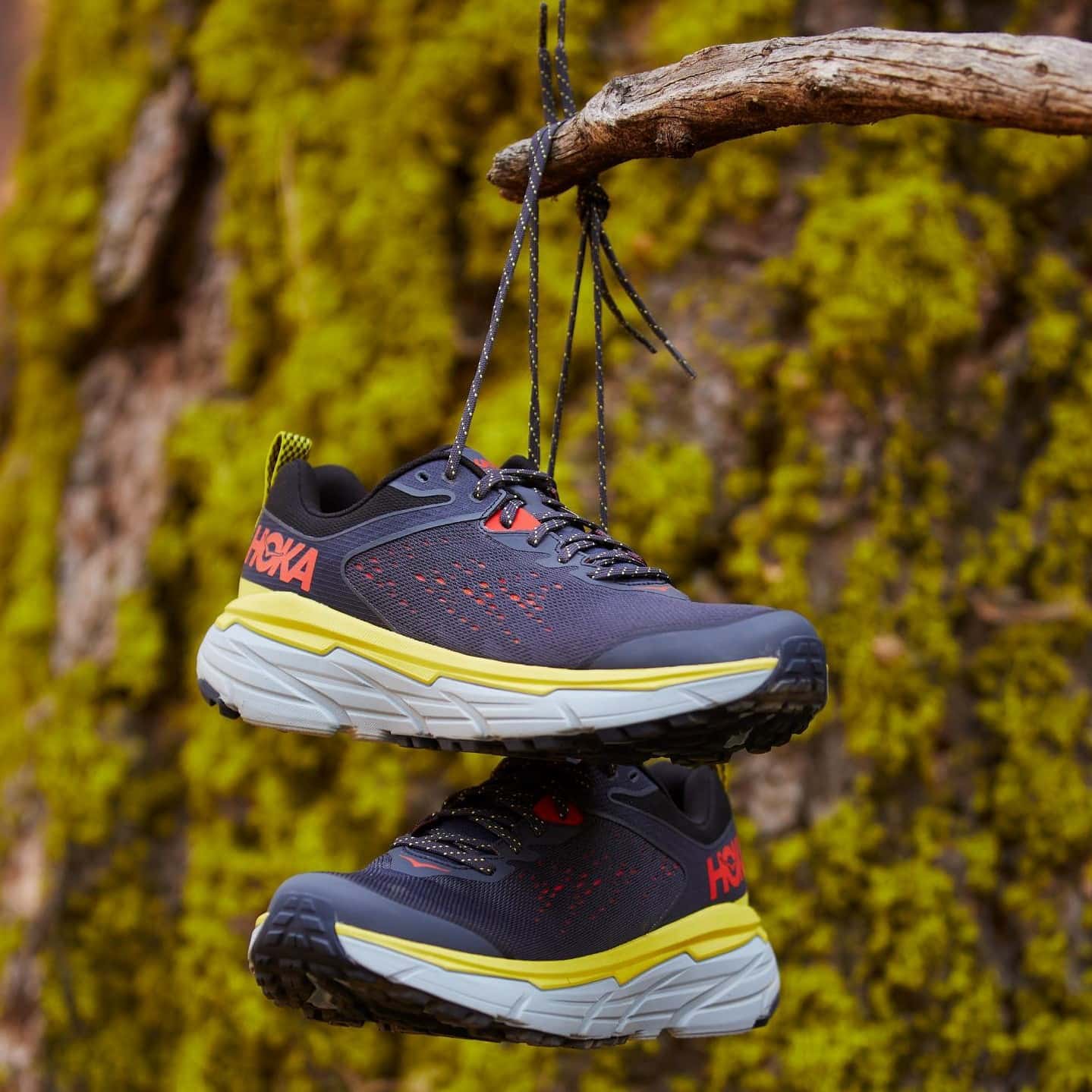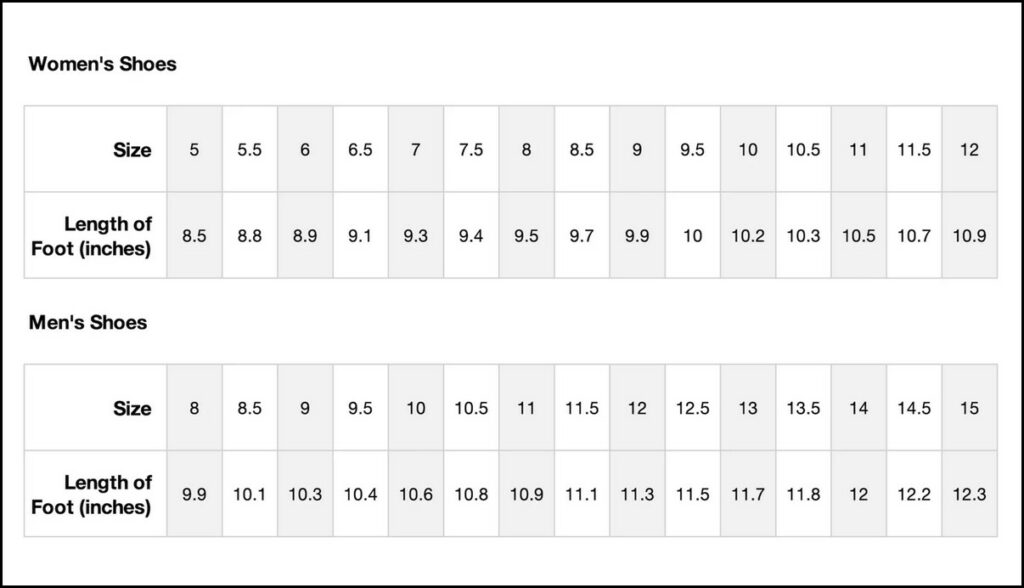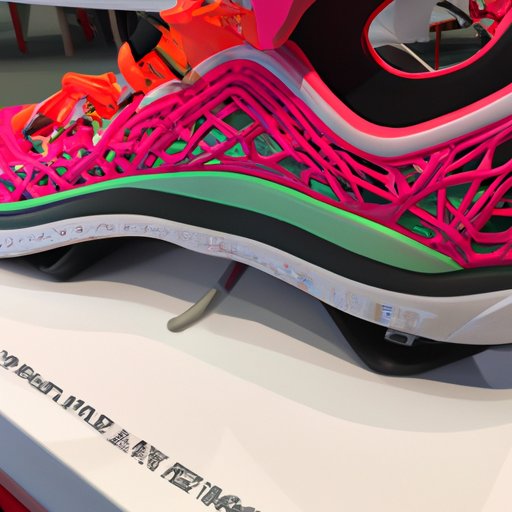Understanding the Hoka Brand and Its Fitting Characteristics
Hoka One One, often simply referred to as Hoka, is a footwear brand that has gained popularity among runners and outdoor enthusiasts for its maximal cushioning and stability features. Distinguished by their oversized soles and unique design, Hoka shoes are designed to provide a comfortable and supportive ride for athletes of all levels. One notable characteristic of Hoka shoes is their wider fit, which tends to accommodate a broader range of foot shapes compared to traditional running shoes. Additionally, Hoka shoes often feature a more pronounced rocker sole, which is designed to promote a smooth and efficient running gait.
Exploring Nike’s Running Shoe Line and Fitting Aspects
Nike, a globally recognized leader in athletic footwear, offers a diverse range of running shoes designed to cater to various needs and preferences. Among Nike’s popular running shoe collections are the Air Zoom and React series, which are praised for their responsive cushioning systems and lightweight designs. Nike shoes tend to have a snugger fit, which can contribute to a secure and stable feel during runs. This snugger fit is achieved through the use of precision-engineered materials and construction techniques, ensuring a comfortable and secure fit for most foot shapes.
How to Measure Your Feet for Accurate Shoe Size Comparisons
To ensure accurate shoe size comparisons between Hoka and Nike models, follow these steps to measure your foot length and width:
- Place a piece of paper on a hard, flat surface. Ensure that there is enough space for your entire foot on the paper.
- Sit on a chair and position your foot flat on the paper, ensuring that your heel is against the wall or another straight edge.
- Use a pencil or pen to mark the longest toe and the widest part of your foot on the paper.
- Measure the distance between the two marks using a ruler to determine your foot length. Record the measurement in both centimeters and inches.
- Measure the width of your foot at the widest point, again recording the measurement in both centimeters and inches.
- Repeat the process for your other foot, as it is common for feet to have slight variations in size.
When comparing shoe sizes, keep in mind that variations in shoe lasts and manufacturing tolerances can impact the fit. It is essential to account for these differences when determining the right size for your feet. As a general rule, aim for a snug fit in the heel and midfoot areas, with enough room in the toe box for your toes to wiggle comfortably. This balanced fit will help ensure optimal comfort and performance during your runs.
Comparing Hoka and Nike Shoe Widths: A Side-by-Side Analysis
When comparing the widths of Hoka and Nike running shoes, it is essential to consider popular models from both brands to provide a comprehensive understanding of how these width variations can impact overall fit and comfort.
- Hoka Models: Hoka shoes are known for their wider fit, which can be particularly beneficial for individuals with wider feet or those seeking additional comfort and stability. Popular Hoka models, such as the Bondi, Clifton, and Challenger series, generally offer a roomier fit compared to traditional running shoes. This wider fit is especially noticeable in the toe box area, allowing for a more comfortable and spacious feel during runs.
- Nike Models: Nike shoes, on the other hand, tend to have a snugger fit, aiming to provide a secure and stable feel during runs. Popular Nike models, like the Air Zoom Pegasus, Vomero, and the React Infinity Run Flyknit, typically offer a more form-fitting design. This snugger fit is achieved through precision-engineered materials and construction techniques, ensuring a comfortable and secure fit for most foot shapes.
When comparing Hoka and Nike shoe widths, it is crucial to consider your individual needs and preferences. If you have wider feet or require more stability and comfort, Hoka shoes might be a better fit for you. Conversely, if you prefer a more form-fitting and responsive shoe, Nike models could be a more suitable choice. Always remember to account for variations in shoe lasts and manufacturing tolerances when comparing shoe widths, and consider trying on both brands to determine the best fit for your feet.
Assessing Cushioning and Support: Hoka vs. Nike Running Shoes
When comparing Hoka and Nike running shoes, it is essential to consider factors like midsole materials, stack heights, and arch support to understand how these elements contribute to the overall fit and feel of each brand’s shoes.
- Midsole Materials: Hoka shoes typically feature a proprietary midsole material called EVA (ethylene-vinyl acetate) foam, which provides excellent cushioning and shock absorption. This material is known for its soft and comfortable feel, making it an ideal choice for runners seeking maximal cushioning and stability. Nike shoes, on the other hand, utilize various midsole materials, such as React foam, ZoomX foam, and Lunarlon, each with unique properties designed to offer responsive cushioning and a lightweight ride.
- Stack Heights: Hoka shoes are characterized by their substantial stack heights, which refer to the total height of the midsole and outsole. These increased stack heights contribute to the maximal cushioning and stability features that Hoka is known for, providing a smoother and more forgiving ride. Nike shoes generally have lower stack heights, focusing on delivering a more responsive and agile feel during runs. However, Nike has recently introduced models with higher stack heights, such as the Nike Joyride and the Nike Infinity React, to cater to runners seeking additional cushioning and support.
- Arch Support: Both Hoka and Nike offer running shoes with various levels of arch support to accommodate different foot types and preferences. Hoka shoes often feature a more pronounced arch support due to their wider fit and stability-focused design. Nike shoes, with their snugger fit, typically offer more subtle arch support, allowing for a closer and more adaptive fit. It is essential to consider your foot shape and arch type when selecting the right running shoe, as proper arch support can significantly impact comfort and performance during runs.
Ultimately, the choice between Hoka and Nike running shoes will depend on individual needs and preferences. When assessing cushioning and support, consider factors like midsole materials, stack heights, and arch support to determine which brand best aligns with your running style and foot shape. Always remember to account for variations in shoe lasts and manufacturing tolerances when comparing shoe features, and consider trying on both brands to determine the best fit for your feet.
Real-Life User Experiences: Hoka vs. Nike Fit Reviews
To provide a well-rounded perspective on the fit differences between Hoka and Nike running shoes, it is helpful to consider real-life user experiences and reviews from runners with various foot shapes and sizes.
- Wide Feet: Runners with wider feet often praise Hoka shoes for their generous width and comfortable fit. The wider toe box and increased cushioning can help alleviate common issues like foot cramping and blisters. However, some runners find that Nike shoes can accommodate wider feet with the use of wider size options or custom insoles.
- Narrow Feet: Nike shoes are generally well-received by runners with narrower feet, as their snugger fit and precision-engineered materials provide a secure and comfortable feel. However, some narrow-footed runners have found success with Hoka shoes by selecting models with a more streamlined design, such as the Hoka One One Cavu or Mach series.
- High Arches: Both Hoka and Nike offer running shoes with varying levels of arch support, catering to the needs of runners with high arches. Hoka shoes often provide more pronounced arch support due to their wider fit and stability-focused design, while Nike shoes offer more subtle arch support, allowing for a closer and more adaptive fit.
- Flat Feet: For runners with flat feet, both Hoka and Nike offer running shoes with additional arch support and motion control features. Hoka shoes, with their maximal cushioning and stability features, can help distribute pressure more evenly across the foot, reducing the risk of pain and injury. Nike shoes, with their responsive cushioning and snugger fit, can provide a stable and supportive platform for runners with flat feet.
Incorporating real-life user experiences and reviews into your decision-making process can help you better understand the fit differences between Hoka and Nike running shoes. By considering the perspectives of runners with various foot shapes and sizes, you can make a more informed decision about which brand best aligns with your individual needs and preferences.
Making an Informed Decision: Choosing Between Hoka and Nike Fits
Summarizing the key fit differences between Hoka and Nike running shoes is essential when selecting the right brand for your individual needs and preferences. By understanding these differences and considering factors like intended use, running style, and foot shape, you can make a more informed decision about which brand best aligns with your requirements.
- Intended Use: If you are seeking a running shoe with maximal cushioning and stability features, Hoka shoes might be a better fit for you. However, if you prefer a more responsive and agile feel during runs, Nike shoes could be a more suitable choice. Consider the primary purpose of your running shoes, whether it be long-distance running, short-distance sprints, or everyday casual wear, when making your decision.
- Running Style: Your running style can significantly impact the fit and feel of your running shoes. Runners with a neutral or supinated running style may find that both Hoka and Nike shoes provide adequate support and comfort. However, if you have a pronated running style, you may benefit from the additional stability and motion control features found in Hoka shoes.
- Foot Shape: Your foot shape plays a crucial role in determining the right fit for your running shoes. Runners with wider feet often find Hoka shoes to be more comfortable due to their wider fit and increased cushioning. Conversely, runners with narrower feet may prefer the snugger fit and precision-engineered materials found in Nike shoes. Always consider your foot shape when selecting running shoes to ensure a comfortable and supportive fit.
Ultimately, the decision between Hoka and Nike running shoes comes down to personal preference and individual needs. To ensure the best possible fit, it is essential to try on both brands and consider factors like intended use, running style, and foot shape. By taking the time to compare and contrast the fit differences between Hoka and Nike running shoes, you can make a well-informed decision and enjoy a more comfortable and enjoyable running experience.
Maintaining Proper Fit Over Time: Break-In Periods and Long-Term Care
Once you have selected the perfect pair of running shoes, it is essential to ensure a proper fit over time. Proper care, maintenance, and breaking-in techniques can help preserve the fit and performance of your Hoka or Nike running shoes.
- Break-In Periods: Both Hoka and Nike shoes may require a break-in period to achieve the perfect fit and feel. To effectively break in your new running shoes, start by wearing them for short periods, gradually increasing the duration as they become more comfortable. This approach allows your feet to adjust to the new shoes and reduces the risk of blisters and discomfort.
- Shoe Rotation: Rotating between multiple pairs of running shoes can help extend the life of your Hokas and Nikes. By alternating between different models, you distribute wear and tear more evenly, allowing each pair to maintain its fit and performance for a more extended period. Additionally, rotating shoes can help prevent overuse injuries and promote foot health by exposing your feet to various cushioning and support systems.
- Regular Inspections: Regularly inspect your running shoes for signs of wear, such as worn-down treads, loose stitching, or frayed materials. Addressing these issues promptly can help maintain the fit and performance of your shoes, ensuring a comfortable and supportive running experience. Additionally, inspecting your shoes can help identify potential issues before they become more significant problems, allowing you to replace your shoes as needed.
- Proper Storage: Proper storage is crucial for preserving the fit and performance of your running shoes. Store your shoes in a cool, dry place away from direct sunlight and excessive moisture. This storage approach helps prevent materials from breaking down prematurely, ensuring that your Hokas and Nikes maintain their fit and feel for as long as possible.
By following these tips for breaking in new running shoes and maintaining a proper fit over time, you can enjoy a more comfortable and enjoyable running experience with your Hokas or Nikes. Regular inspections, shoe rotation, and proper storage play essential roles in preserving shoe fit and performance, allowing you to make the most of your running shoe investment.






